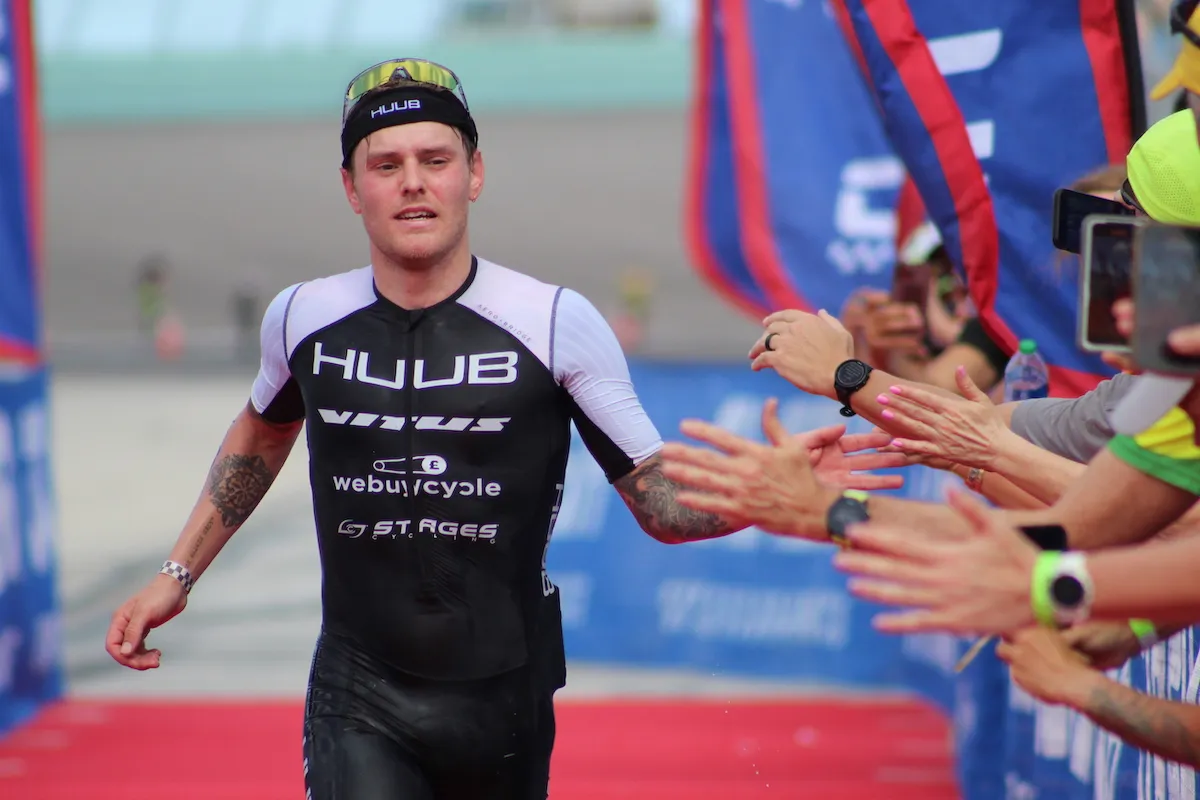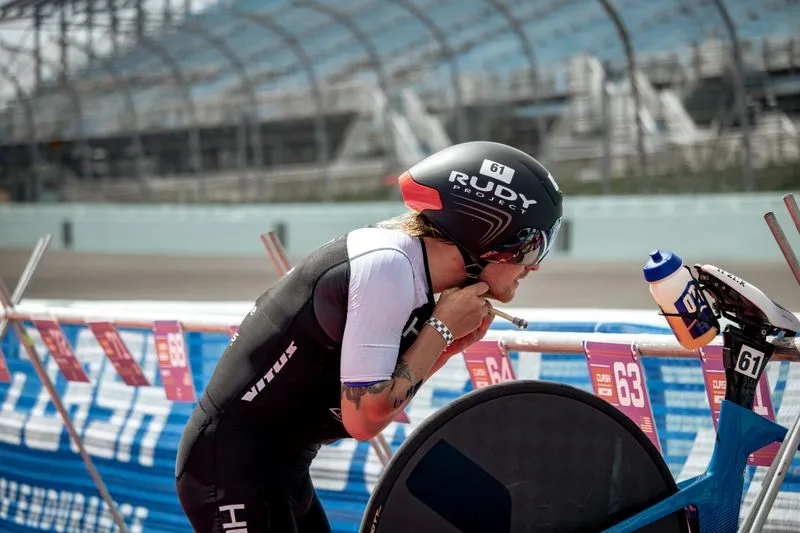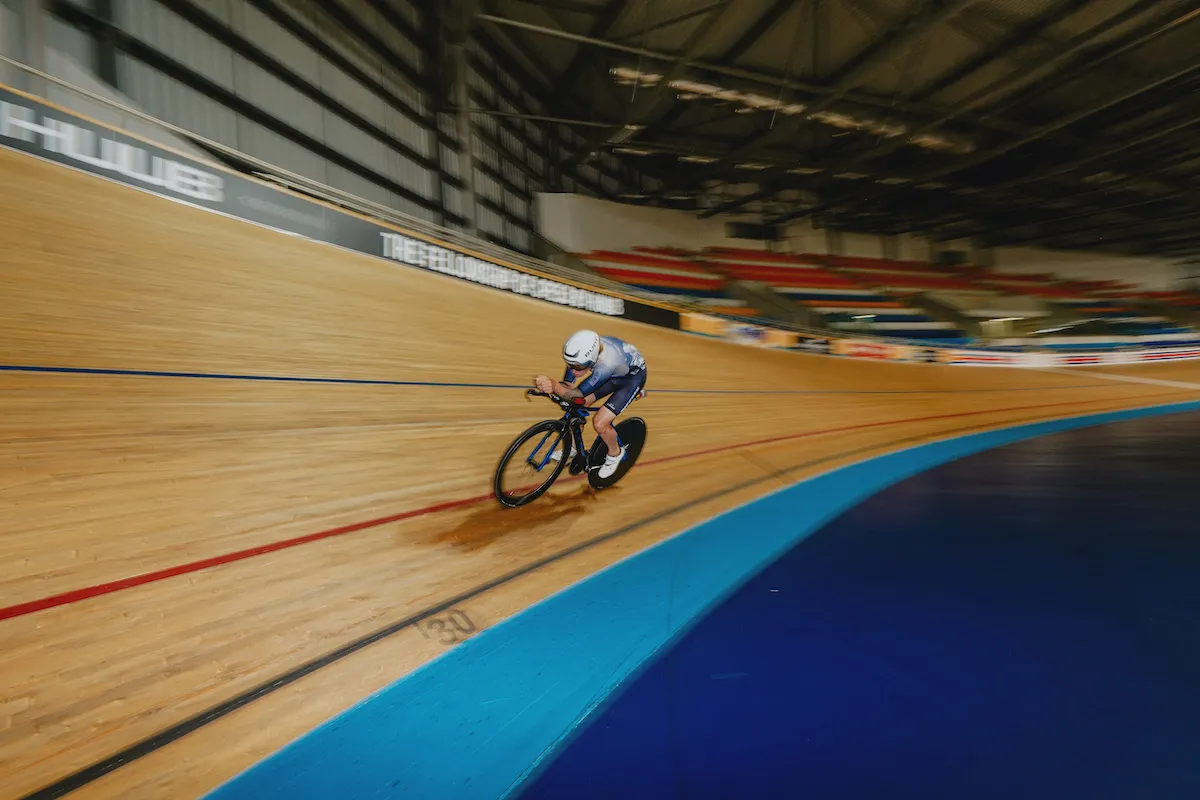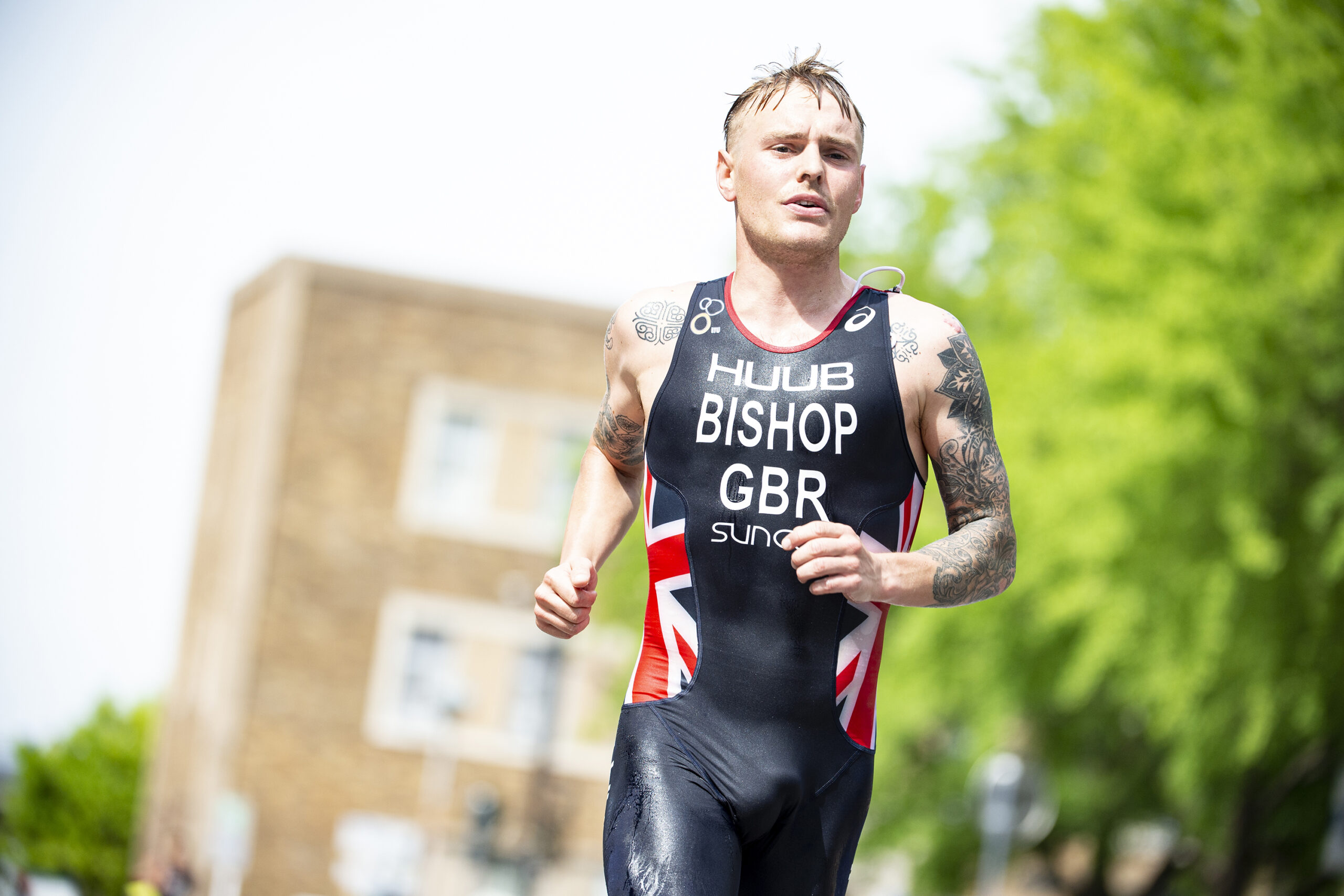Travelling over the past few years has been challenging, but my trip to Florida was as smooth as it goes.
It doesn’t get much better than a quiet plane and full row to yourself. There’s always a concern about luggage making the flight but, thankfully, my good fortune continued.
I was on my way to the opening race of the season, Clash Miami, where I finished second behind Jason West.
Next up, I headed to Chile for Challenge Puerto Varas, a trip I’ve been very excited about. Both races offer completely different challenges.
Miami is flat, fast and hot, and is enclosed within a speedway circuit. Puerto Varas, meanwhile, is against a backdrop of snowy volcanoes and lakes, a rolling course with a similar climate to British summer.
Adapt and overcome

Preparing for these two races, which take place eight days apart, has had its challenges given the contrasting conditions and courses, but my winter training has essentially been targeted towards one thing.
After 15 years of short-course racing, where the demands are heavily weighted towards high-intensity and speed reserve, my focus has switched to improving my strength endurance and efficiency.
This has meant a lot of time on the bike, long runs and steadier swims. Intensity control is something I’ve had to learn quickly. These races will be a good test to see how effective the winter has been and it’ll definitely be revisited when I return home.
Training is the predominant concern for everyone who races triathlon; you have to prepare the body for the demands of what it is about to undertake, but it isn’t the only area to consider when looking at performance.
Do sweat the small stuff
I’m fortunate to have great sponsors and we spent some time last month optimising my race setup to be able to compete with the giants in our sport.
Off the back of a training camp in Portugal, an aero-testing day was arranged by Huub at the Derby Velodrome with the added expertise of Wattshop.
There were two main goals, to improve bike position and test some of the fastest fabrics available. Both companies are world-leading in their disciplines.
Sub8 star Kat Matthews was on the boards, too, looking for some gains to be even faster this season and it was great to see a real professional at work. It was the place to be.
Tom Bishop’s aero advice

I can only offer a small insight into what we learned that day, as some of it is classified until release, but there are a lot of things that can be done to save watts and help you go faster.
Here are some of my top tips…
Invest in a time trial or triathlon bike
These are designed for speed and you don’t have to look far to see that the fastest cyclists and triathletes in the world are using incredible machines.
They offer a huge amount of adaptability to make your ride both more comfortable and faster.
It takes a bit of practice to get used to a new position so riding on an indoor trainer is advisable before you take it on the road.
Get a bike fit
Once you have your bike ready to race, it’s important to get fitted by a professional to make sure you can ride safely without getting any subsequent injuries. These are nationwide and available to anyone.
If you’ve been racing a long time and are looking for more marginal gains then there are specialists in aero testing as I experienced above.
These are costly but if you’re trying to squeeze a bit more out of race day then that is a very good option. They will cover all the areas discussed here so if you do intend to book a session, then there’s no need to read any further!
However, if you are still reading, I found that lower and longer was faster for me. I’m a small guy and lack the raw power on the bike that others have, so I have to make the most of my aerodynamic position.
The testing I’ve done recently has saved me over 20 watts since my first long course race last year.
The body on a bike creates the greatest amount of drag, so it’s well worth investing in a fit to refine your position for race day.
Choose your tri-suit and fabrics carefully

There’s a huge amount of research on high-performing fabrics, but you have to balance comfort, breathability, flexibility, aerodynamics and hydrodynamics.
In my opinion, Huub is leading the way in this area and are developing some really fast suits to be released soon. Some of my biggest savings were from the fabrics I tested.
If you’ve found a position on the bike you’re happy with then, your tri-suit is your next go to.
There are other accessories that can save a surprising amount of watts, too, like calf sleeves, toe covers, base layers and other items – the catalogue is forever expanding.
Consider an aero helmets
There’s a huge range of aero helmets in all shapes and sizes on the market now. These have a big impact on watt-saving, so it’s definitely worth investing.
However, do consider that some may suit your riding position more than others. An aero fit will help to determine which is best for you, but I found that the bigger the helmet the more watts you save, within reason of how well it fits – that’s the first concern for a helmet.
And don’t forget the geeky bits…

As with fabrics, there’s a growing market in aerodynamic accessories and 3D printing has opened up a new world to clean up your setup.
These are small savings, but they add up and the list is growing. For budget improvements, you can make changes like swapping valve covers, skewers, computer mounts, bottles and hydrations systems. Even tape in the right place can make you go faster.
For moderately-priced improvements, pedals, chains, chainrings, tyres and brakes can all be replaced for a faster setup.
If budget isn’t an issue then a new set of triathlon wheels will save a lot. A rear disc wheel and a tri-spoke front is the best choice. Other improvements can be a custom front end, known as a cockpit.
Wattshop is the company I’ve used for my upgrades but there are other brands out there racing to be the fastest on the planet.
The media is also doing a great job covering new innovations and I always look forward to the global expos to see the latest tech designed for speed.
Top image credit: Paul Higgins
